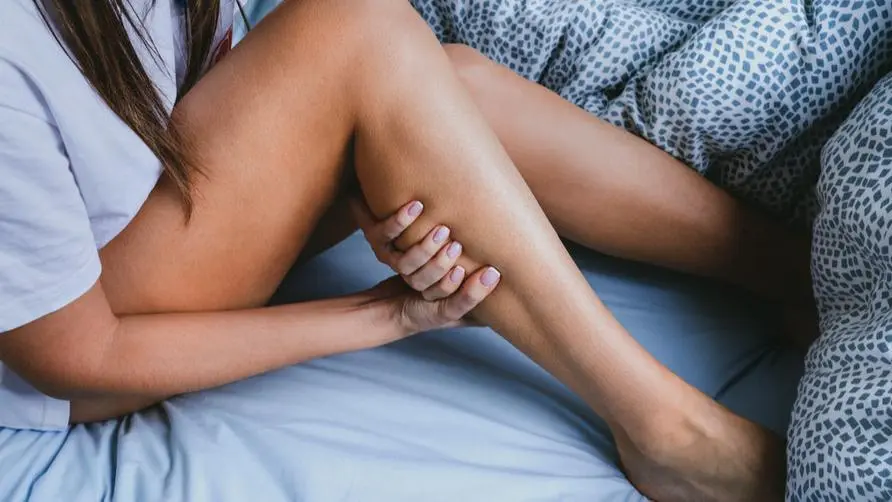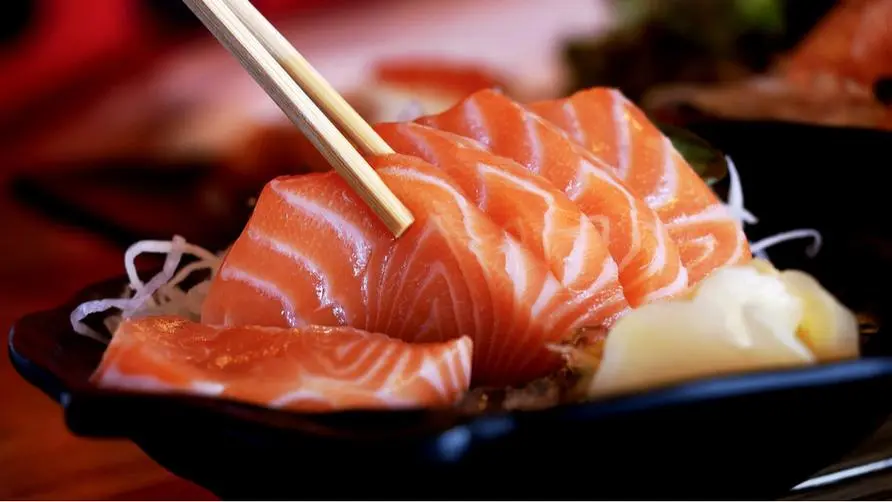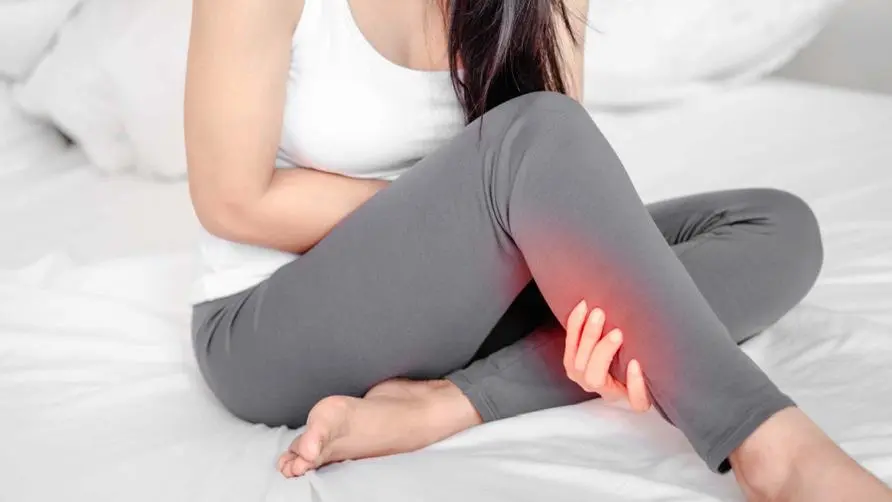It's so uncomfortable to wake up with "calf cramps" in the middle of the night! Doctors reveal pain relief tips: Repeat "1 action" three times to achieve relief

Why do my calves get cramps in winter? Insomnia, smoking, and chronic diseases are all potential causes?
As the weather turns colder, many people are prone to “cramps” in their legs after going to bed, and the severe pain often wakes people up from their sleep. Dr. Li Yanyu, director of Renyi Boai Rehabilitation Clinic, shared in the community that many patients in the clinic do suffer from calf cramp pain when sleeping due to temperature changes, and they encounter this situation almost every year. Is there any way to improve cramps?
Dr. Li Yanyu explained that a review of past relevant literature shows that calf cramps in the middle of the night may be related to factors such as increasing age, lower education, unemployment, short sleep time, insomnia, smoking, chronic diseases, and calcium deficiency. However, this cross-sectional study cannot prove causality and further research is needed to clarify.
According to a 2012 review of literature, exercise, stretching, and drug use (such as magnesium, calcium channel blockers, muscle relaxants, and vitamin B12) may be effective in relieving cramps. In addition, a 2010 retrospective paper also pointed out that when calf cramps occur acutely, you can take actions such as stretching and ankle dorsiflexion, which can also help relieve the pain caused by stretching.
Repeating 1 action 3 times can relieve cramps! Medical education “5 prevention tips” say goodbye to waking up in the middle of the night
In general, Dr. Li Yanyu said that in practice, people are advised to stretch or stretch their calves before going to bed. A feasible method is to use “lunge” to stretch the back foot, keep the calf tight for about 30 seconds, and repeat 3 times. times, initial relief can be achieved.
In addition, people can also try the following methods to help reduce the frequency of calf cramps:
Take in enough water (about 30*body weightcc) every day to promote blood flow and help electrolyte balance.
Drink a glass of milk before going to bed. Milk is rich in calcium, sodium and potassium, which helps repair muscle tissue after exercise and prevents muscle cramps at night.
Exercise regularly. Lack of exercise may be a potential cause of cramps. It should be noted that excessive exercise may still cause cramps. It is recommended that those with exercise habits do more stretching before going to bed.
Pay attention to keeping your feet warm (such as wearing socks). Coldness in the lower extremities may be attributed to insufficient blood flow. Therefore, wearing warm items such as socks can promote blood circulation.
Solve the problem of sleep disorders. If you experience sleep disorders or insomnia, it is recommended that you seek further medical evaluation from a psychosomatic department.
It’s not just bananas that work! Eat 8 more foods to prevent cramps
As for what foods to eat that may help prevent calf cramps? Dr. Hong Yuzhong, director of the Health Management Center of Lian On Clinic, recommends eating more foods containing calcium, magnesium, potassium and other ingredients, such as whole grain roots, citrus fruits, dark green vegetables, nuts, beans, dried fish, milk, etc. , in addition to soothing muscles, it can also reduce abnormal muscle contraction and improve sleep quality.
As for the most discussed “banana”, can it prevent cramps? Dr. Hong Yuzhong explained that although bananas are rich in electrolytes, please note that they are high-potassium and high-sugar fruits. If you are a patient with diabetes or kidney disease, you should pay more attention to your intake, and it is not recommended to eat them before going to bed. If you have any concerns about your diet, it is recommended to confirm with a nutritionist or doctor first to avoid eating the wrong foods that may cause harm to your health.
References:
Am Fam Physician. 2012 Aug 15;86(4):350-5. PLoS One. 2017; 12(6): e0178465. Curr Neurol Neurosci Rep. 2010 Jan;10(1):53-9. J Med Food. 2015 Nov 1; 18(11): 1255–1261. Int J Environ Res Public Health. 2020 Dec; 17(24): 9440
Further reading:





